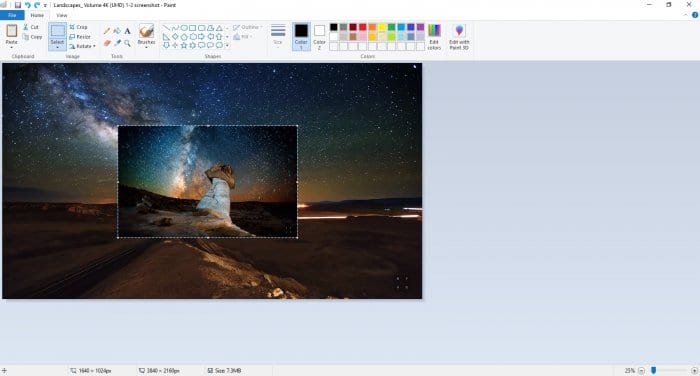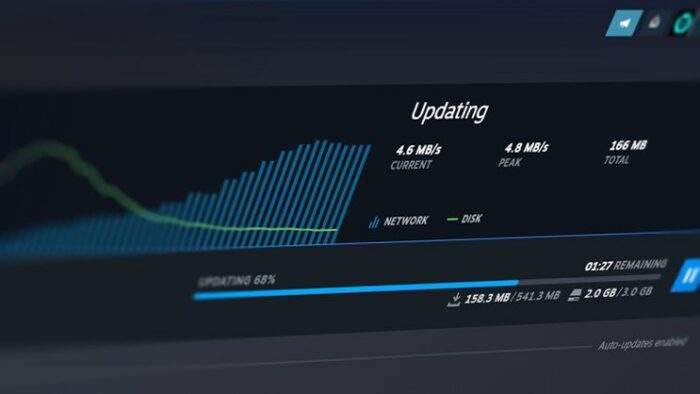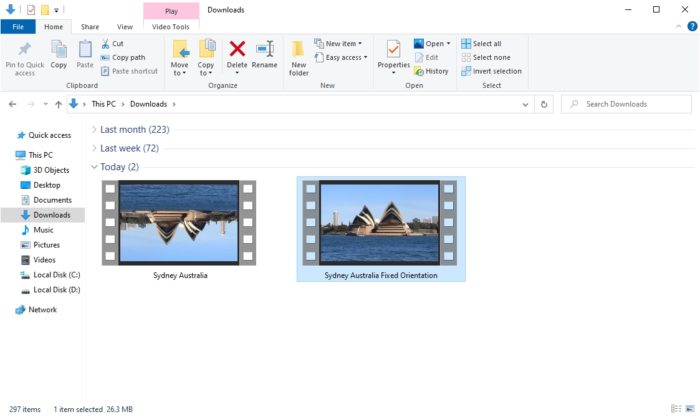Gaming PC is not just about how powerful your new graphics can render so many frames per second. There’s a trivial addition, yet would significantly impact the overall performance, especially on demanding titles — it’s the driver software. Turns out, it’s not a one-time installation.
NVIDIA regularly released a new driver update via GeForce Experience which fixes bugs, more patches, adding features, and most importantly, a new configuration for video games. This configuration essentially calculates computer’s specification and determine the best settings to balance visual and experience when playing a video game.
So, if you just bought a recently released game, it best to update the graphics card driver to get the setting. Follow the steps below.
1. Go to Start Menu, find and launch GeForce Experience.
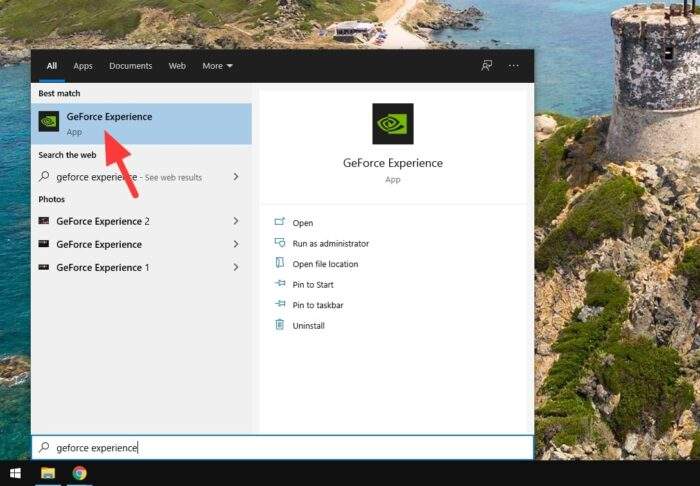
2. Head to the Drivers tab.
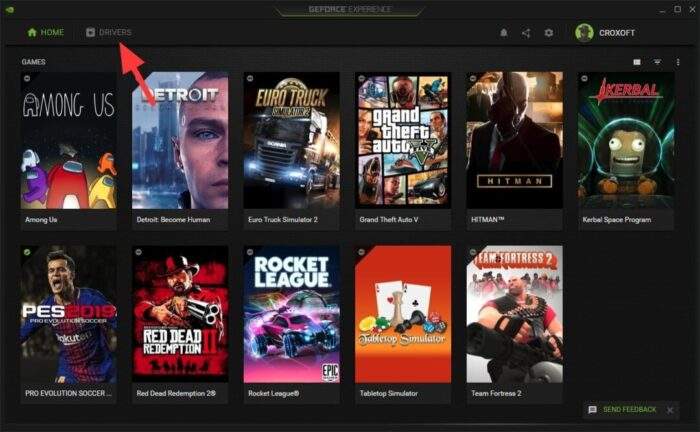
3. If there’s a new driver available, hit the Download button.
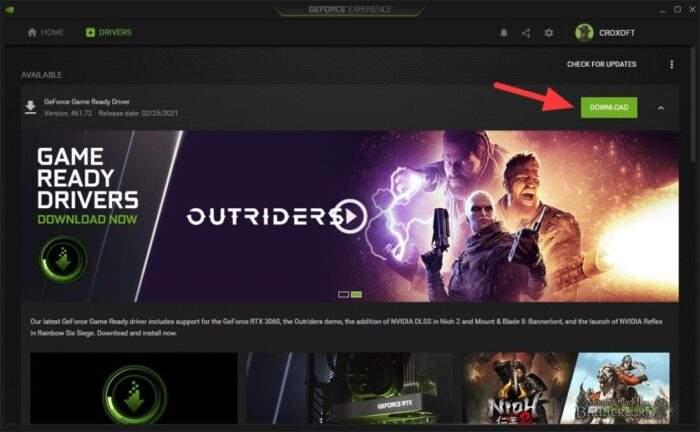
4. Wait for the download process to finish.
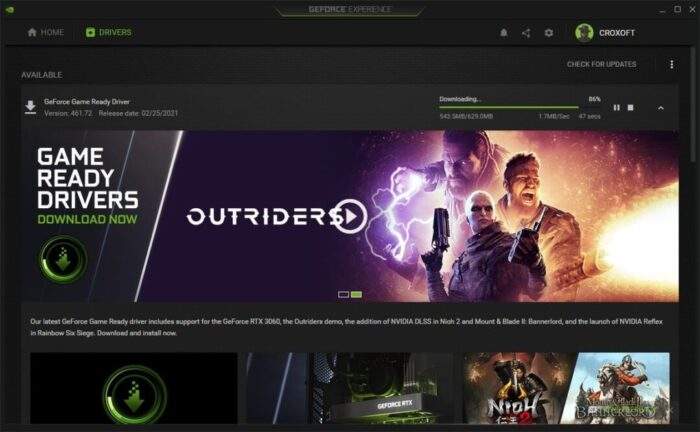
5. Select Express Installation (because it’s the fastest method).
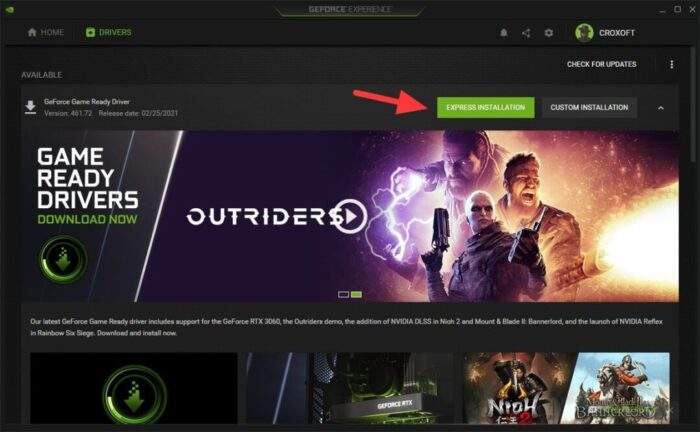
6. Wait for the installation process to finish. Your display may be restarted several times. Try not to run any GPU-intensive program during this process.

7. The latest NVIDIA driver has been installed. Click Close.
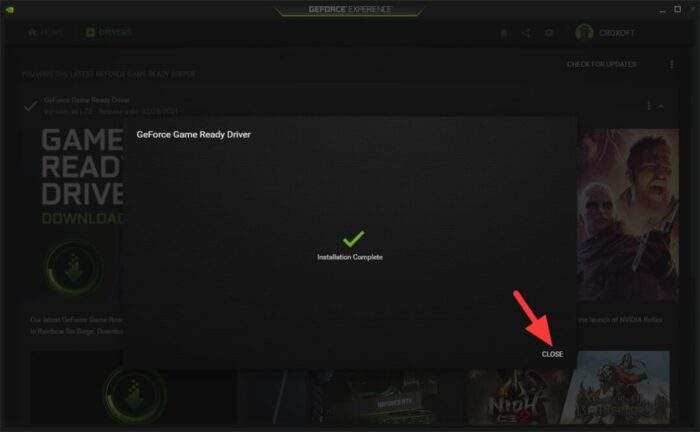
You can now rescan for games and optimize the setting if available. If it’s unable to retrieve settings, see the fixes here. Also, check out some tweaks that could improve gaming performance without upgrading.
Table of Contents
Additional Steps to Maximize Gaming Performance
Enable NVIDIA DLSS or AMD FSR
Modern GPUs often support upscaling technologies like NVIDIA DLSS (Deep Learning Super Sampling) or AMD FSR (FidelityFX Super Resolution). These features boost frame rates by rendering games at a lower resolution and then upscaling them using AI, delivering smoother gameplay without sacrificing visual quality. To enable these, check your game’s graphics settings and toggle the respective option.
Monitor GPU Temperature
Keeping your GPU cool is critical for consistent performance. Use software like MSI Afterburner or HWMonitor to track your GPU’s temperature during gaming sessions. If temperatures exceed safe limits (generally 85°C for most GPUs), consider improving airflow in your case or upgrading to a more efficient cooling solution like the Noctua NH-D15 or the Arctic Liquid Freezer II.
Optimize Power Settings
For NVIDIA users, ensure that the Power Management Mode in the NVIDIA Control Panel is set to “Prefer Maximum Performance.” This prevents the GPU from downclocking during intense gaming sessions, ensuring stable frame rates.
Explore Game-Specific Optimization Guides
Some games require tailored settings for optimal performance. Look up optimization guides for demanding titles like Cyberpunk 2077 or Red Dead Redemption 2 to find the best balance between visuals and frame rates.
Hyperlinks for Further Reading
- Learn more about DLSS and FSR on NVIDIA’s official site and AMD’s site.
- Explore cooling solutions on Amazon.
- For advanced GPU settings, check out this comprehensive guide.
By implementing these additional steps, you can further refine your gaming PC’s performance and ensure a seamless experience even with the most demanding titles.

